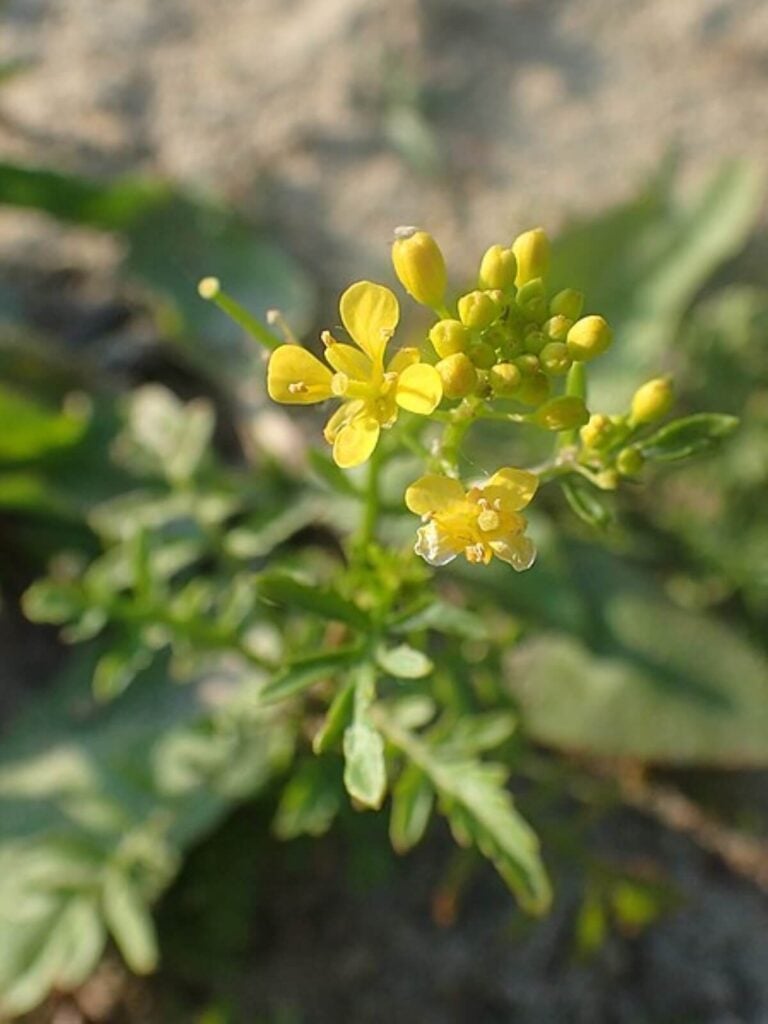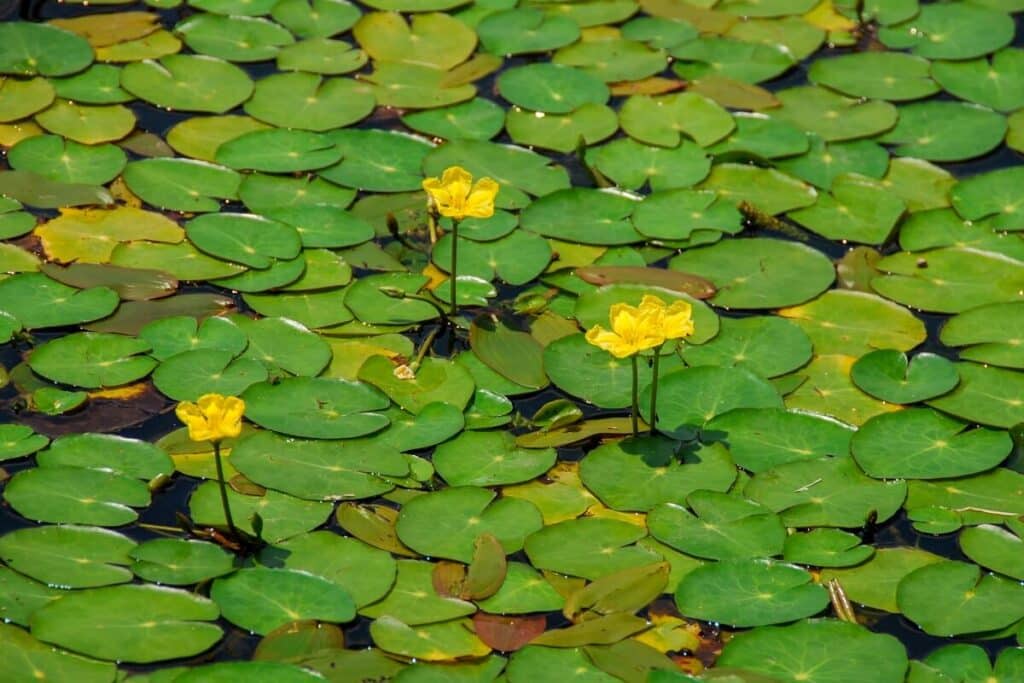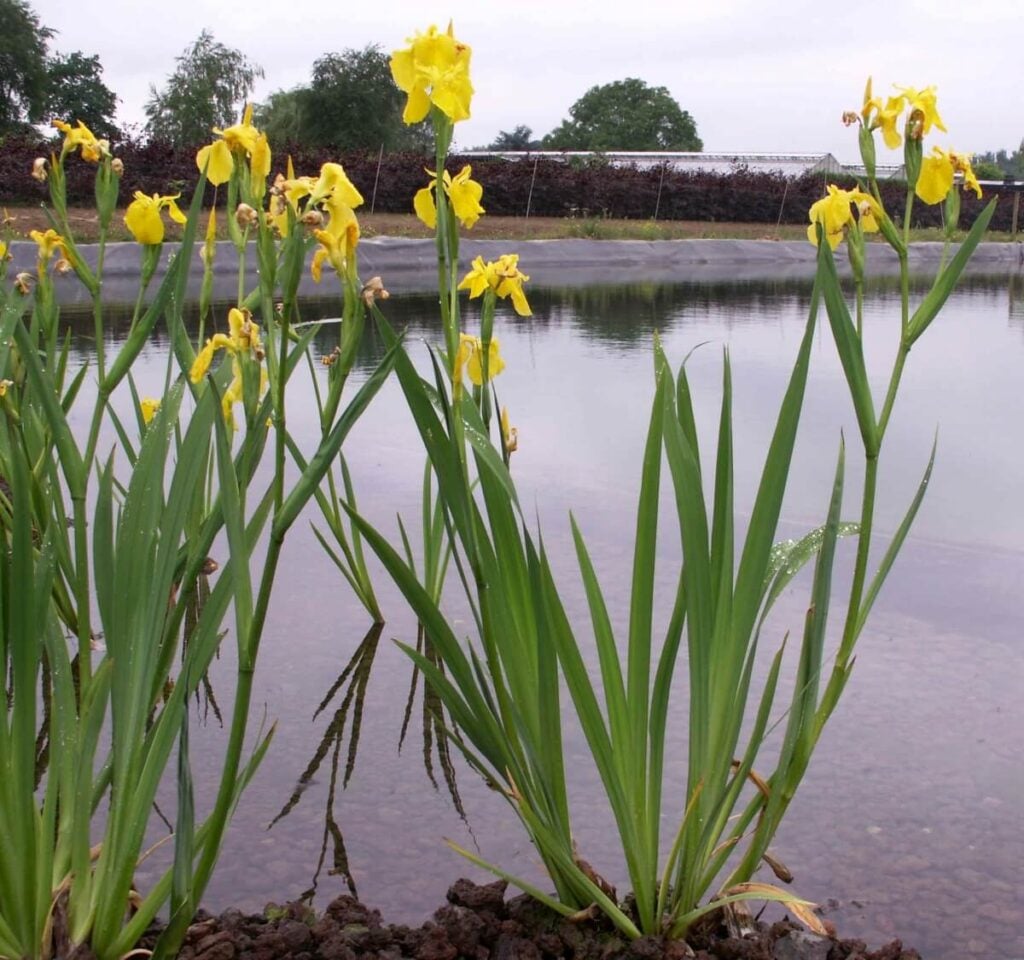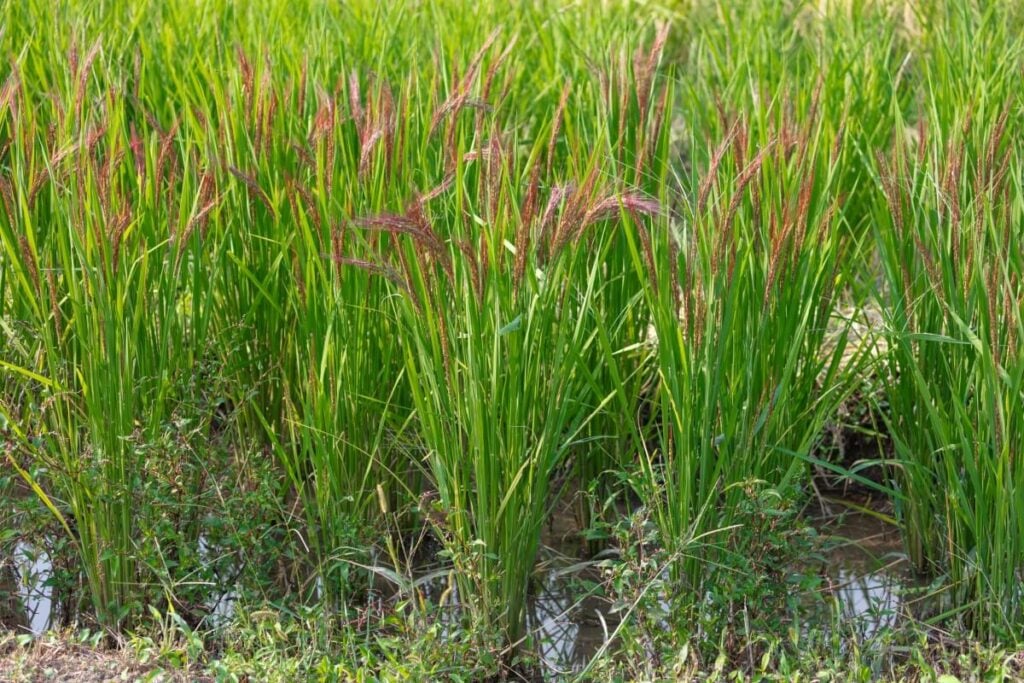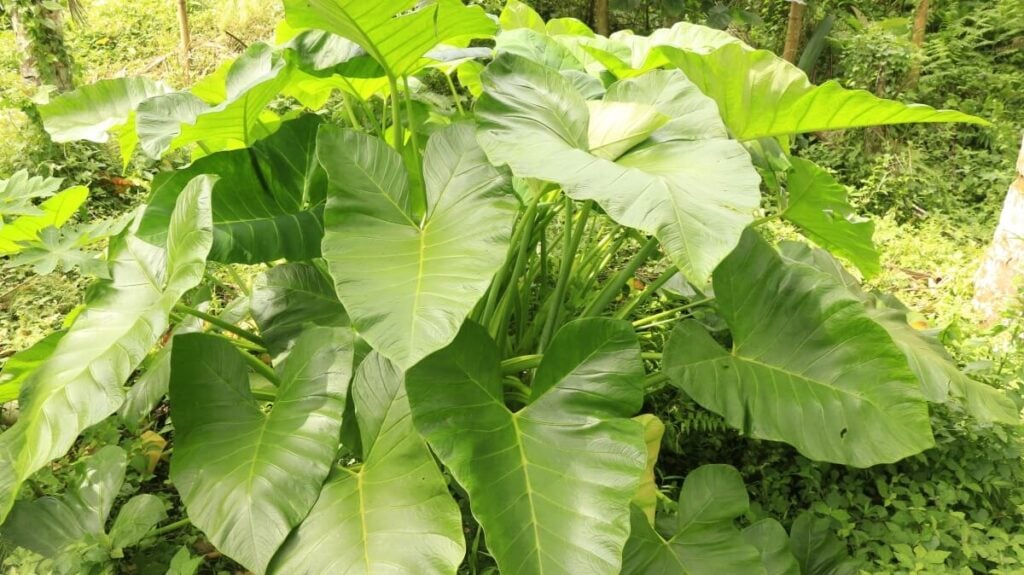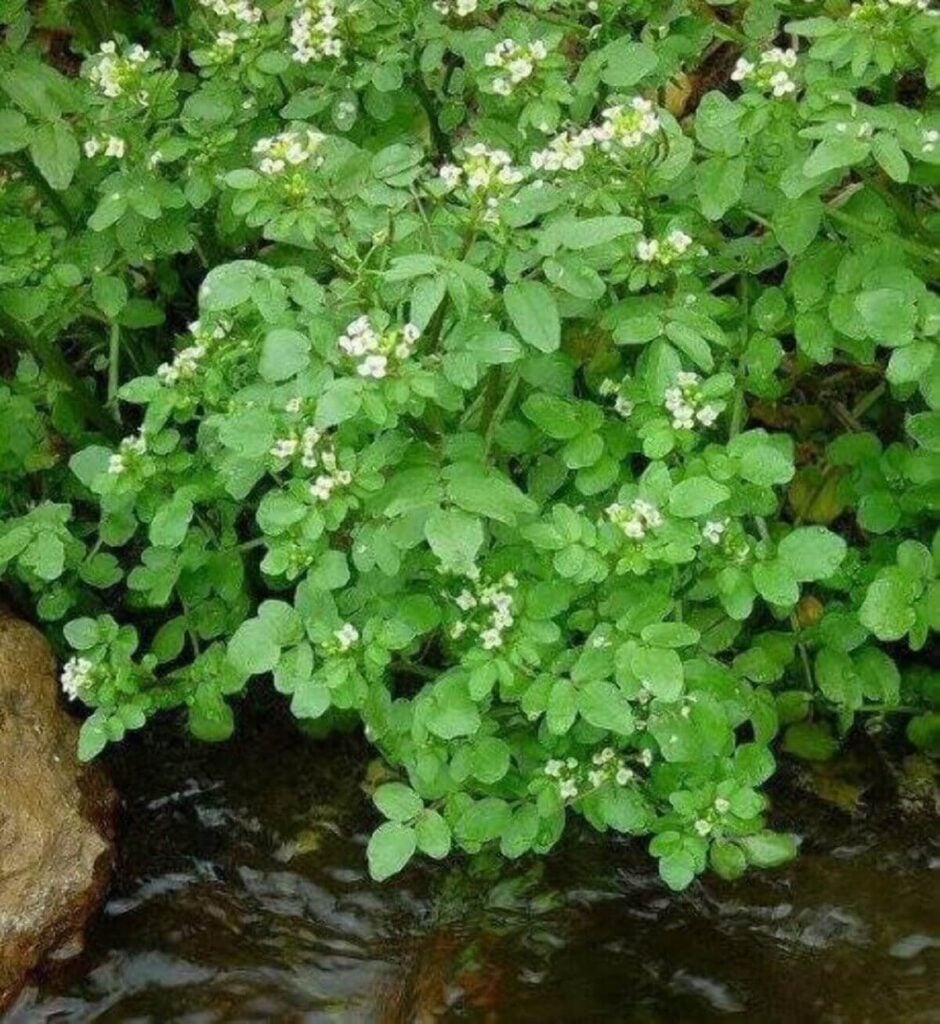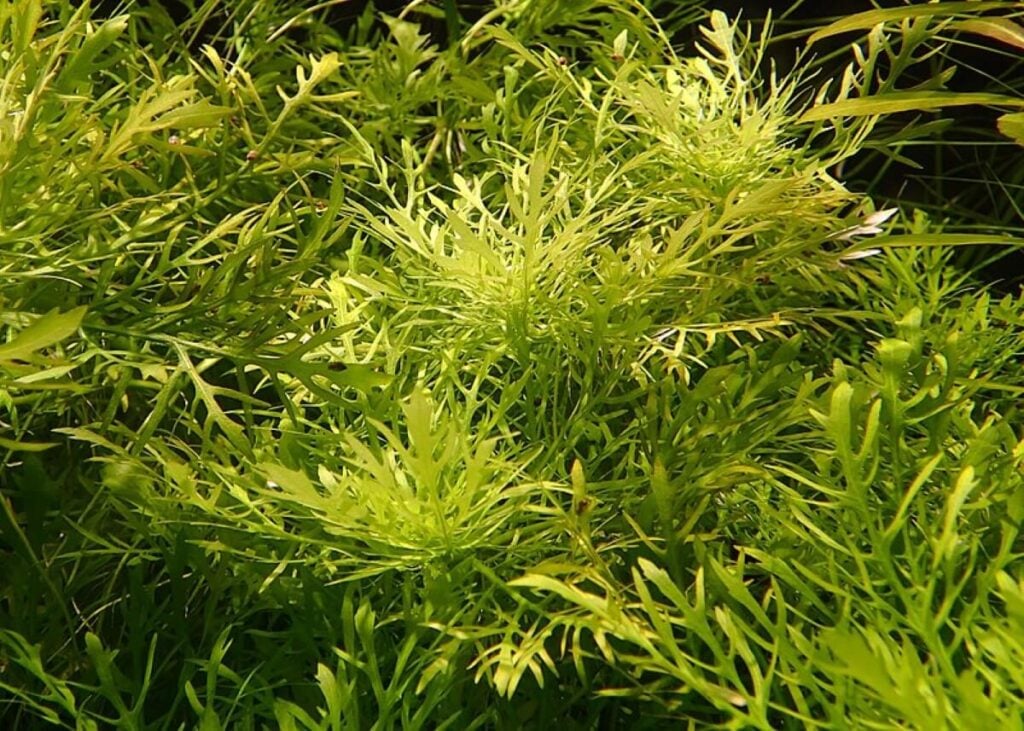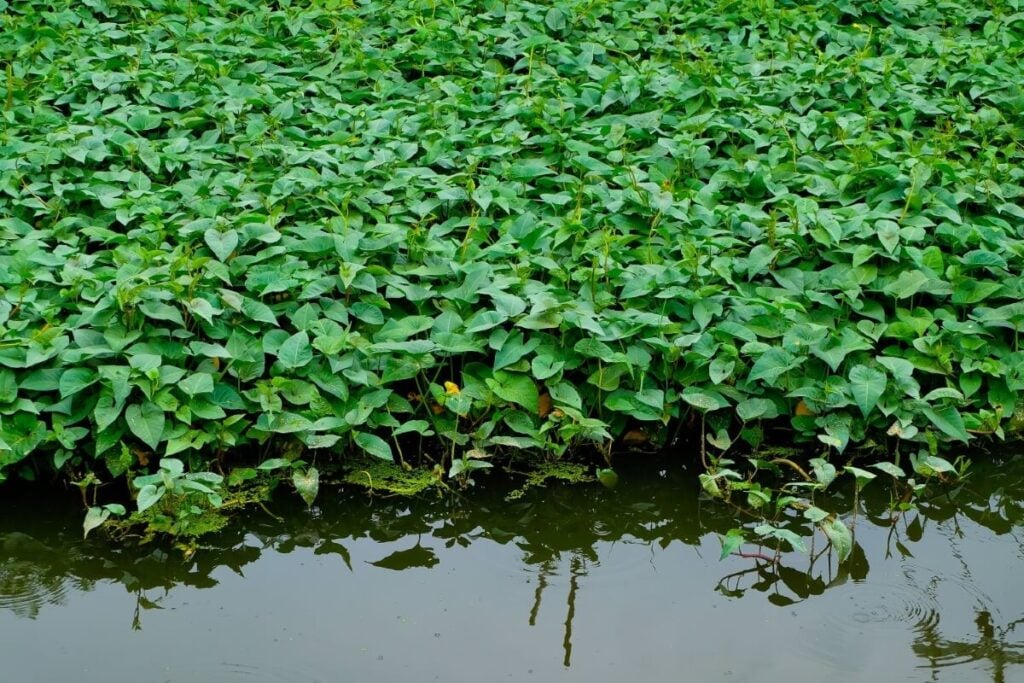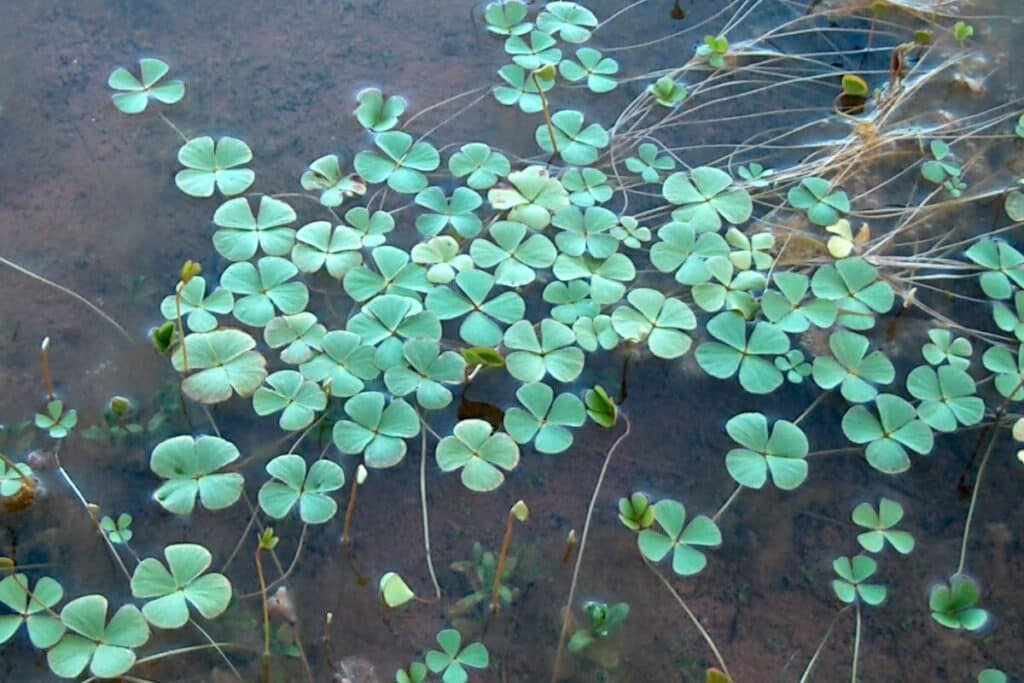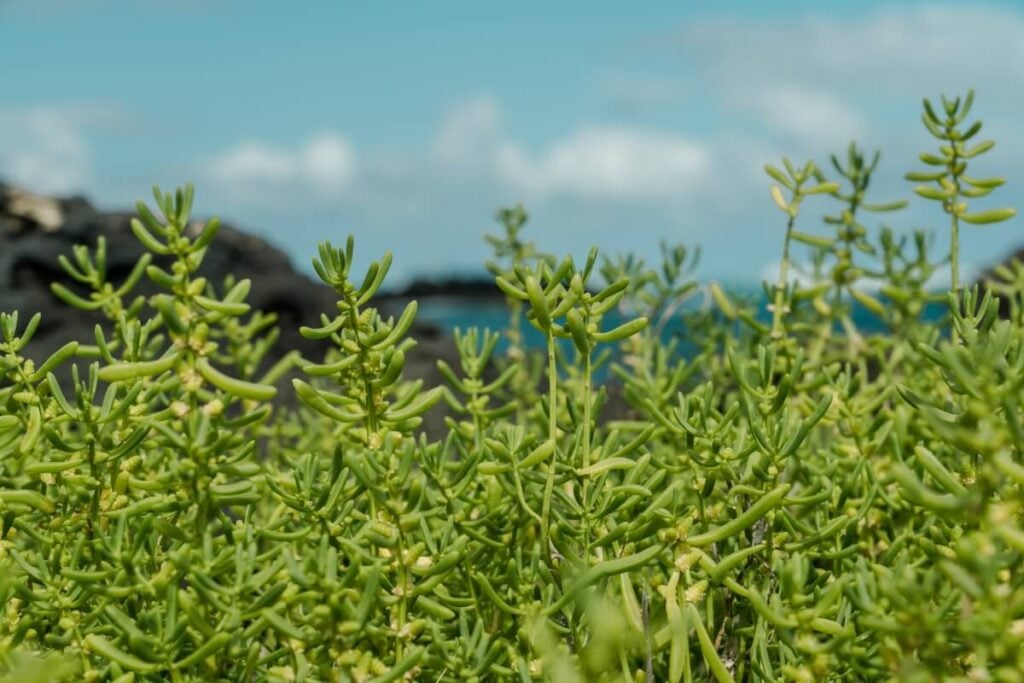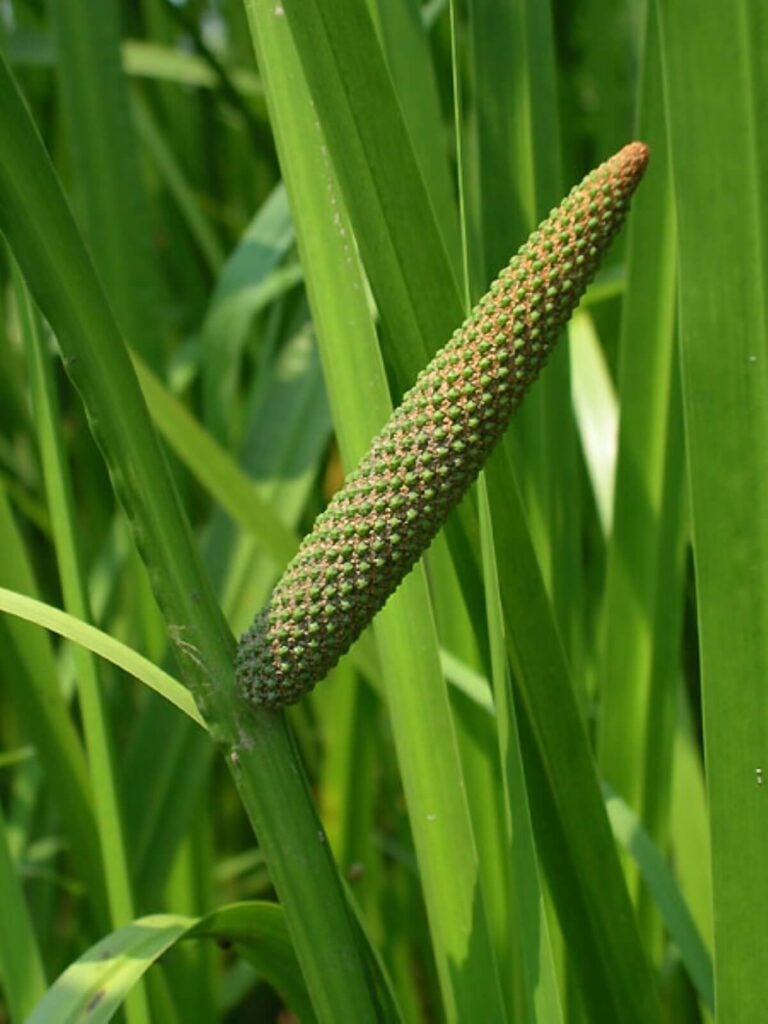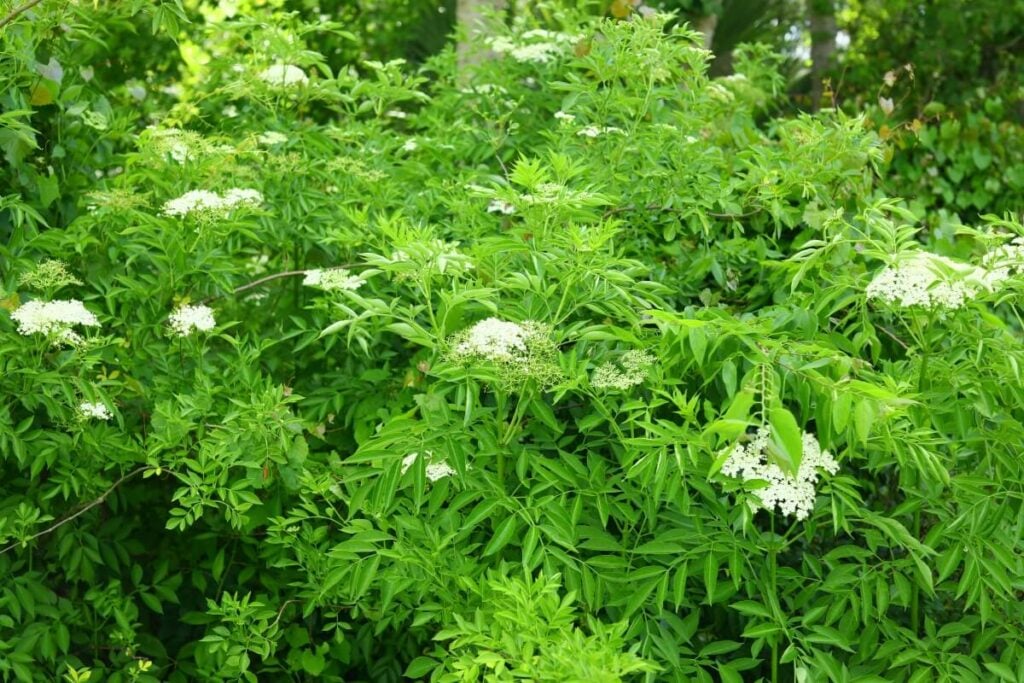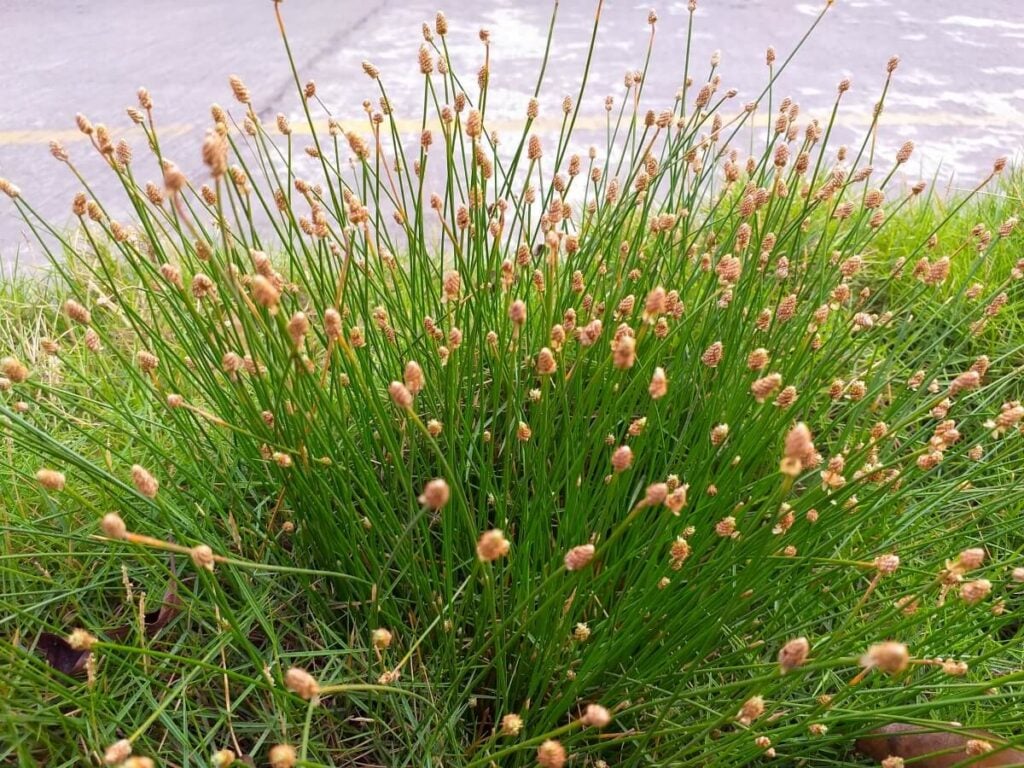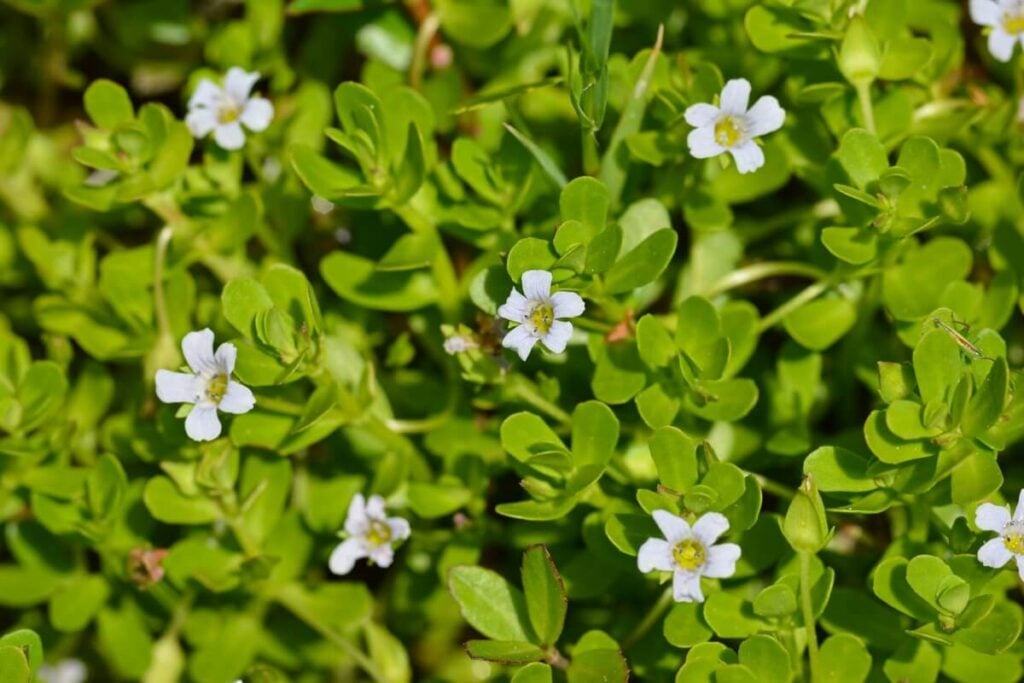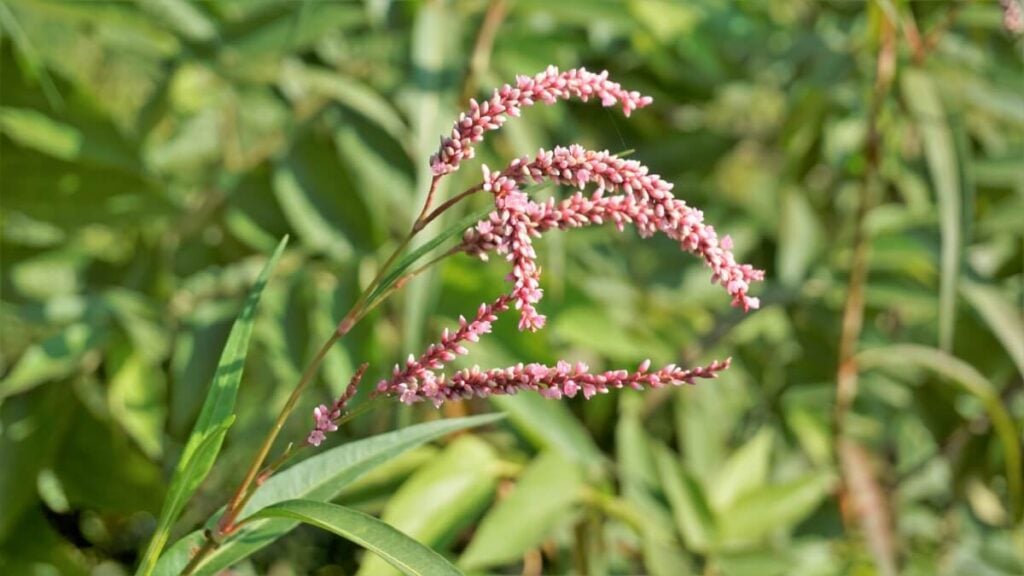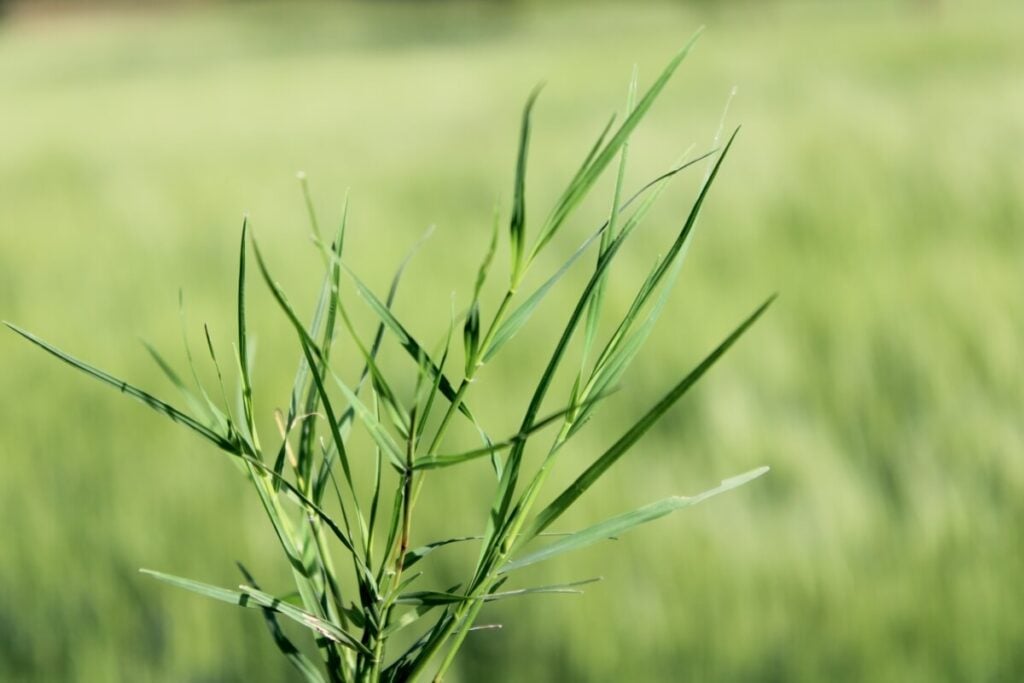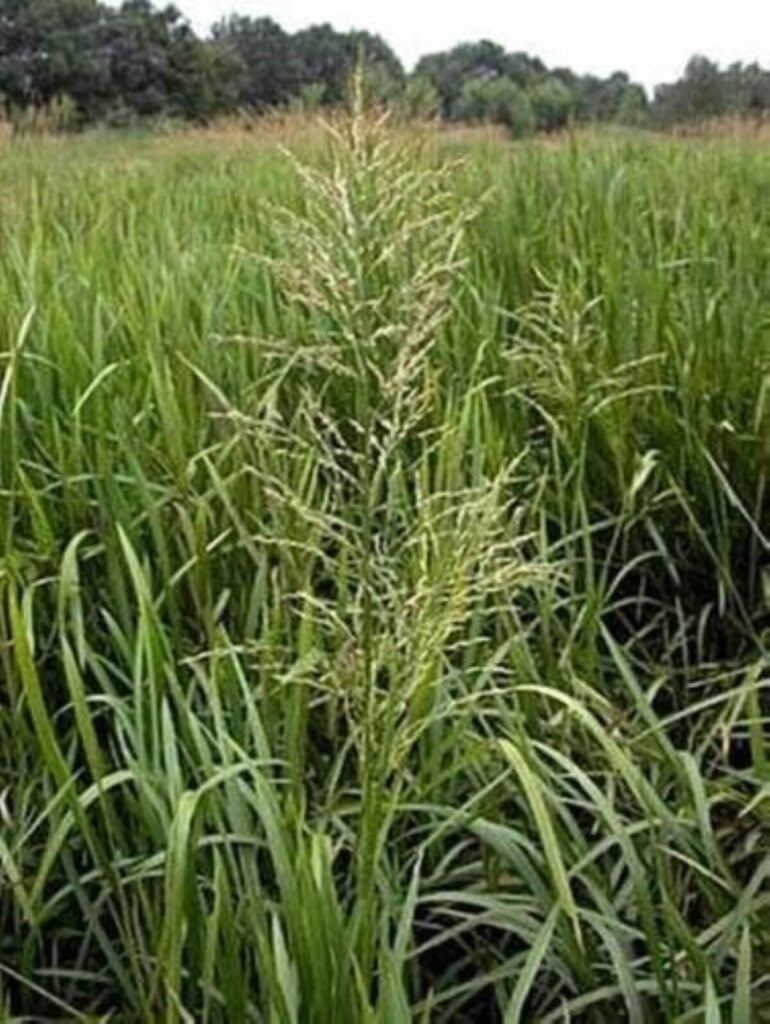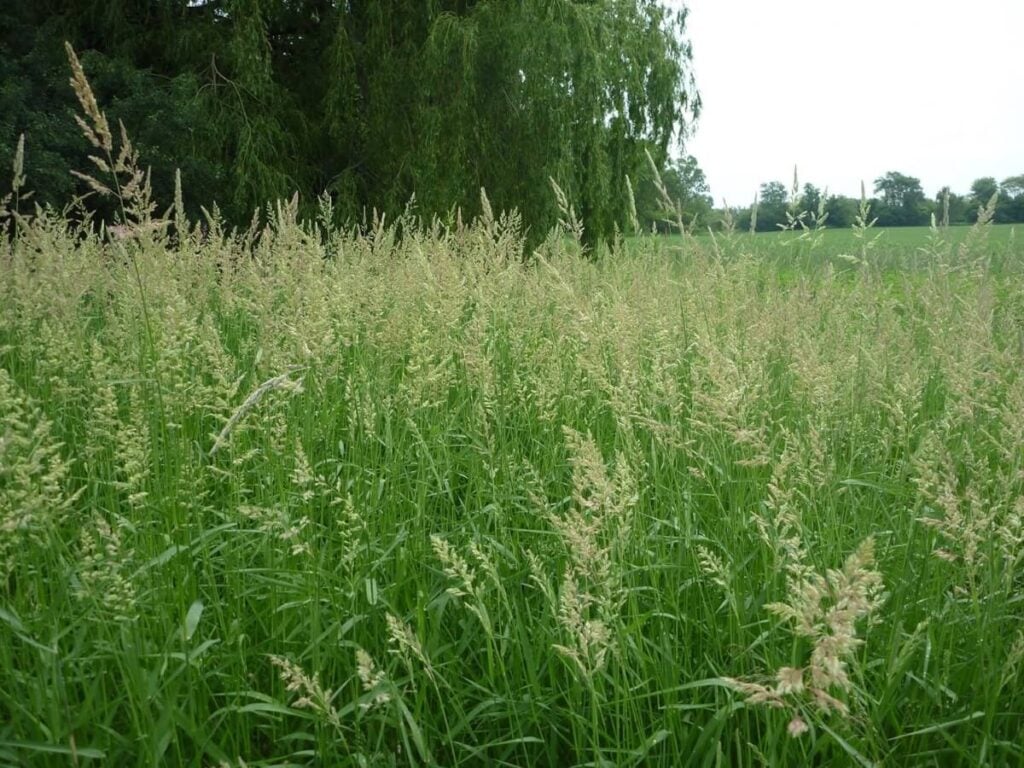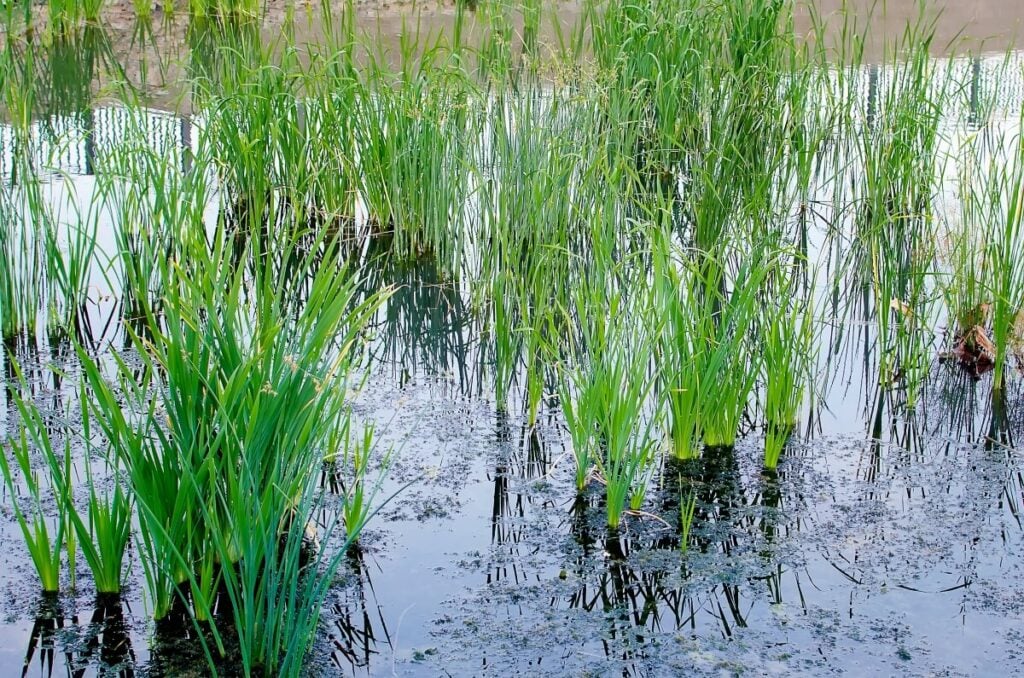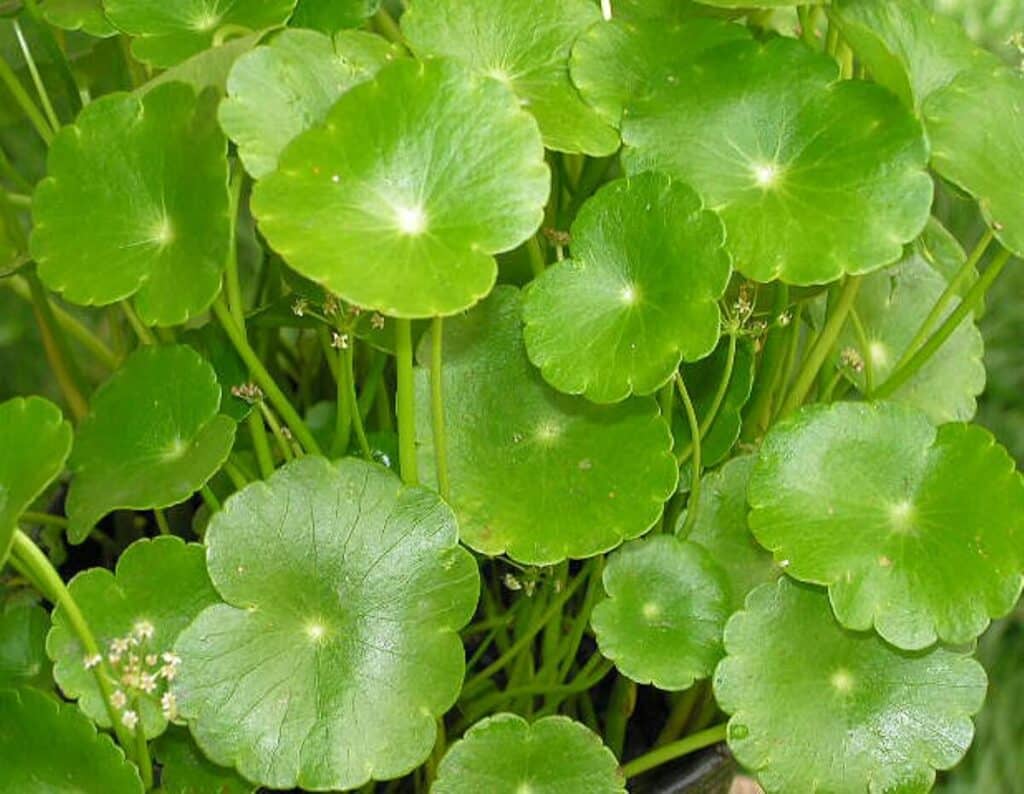Yellowcress
Many people ask how to get rid of yellowcress. The following options can be considered for how to control yellowcress. Manual/Mechanical Control: If you are considering how to remove yellowcress, physically pulling this plant and digging up the roots can be a somewhat effective method of control. Herbicide Control: There is an option…
Read MoreYellow Floating Heart
Many people ask how to get rid of yellow floating heart. The following options can be considered for how to control yellow floating heart. Manual/Mechanical Control: If you are considering how to remove yellow floating heart, understand that physical removal is not recommended based on the rapid reproduction from fragments. Herbicide Control: There…
Read MoreYellow Flag
Many people ask how to get rid of yellow flag. The following options can be considered for how to control yellow flag. Manual/Mechanical Control: If you are considering how to remove yellow flag, physically cutting this plant and digging up the rhizomes can be a somewhat effective method of control. Herbicide Control: There…
Read MoreWild Rice
Many people ask how to get rid of wild rice. The following options can be considered for how to control wild rice. Manual/Mechanical Control: If you are considering how to remove wild rice, physically cutting this plant and digging up the roots can be a somewhat effective method of control. Herbicide Control: There…
Read MoreWild Taro
Many people ask how to get rid of wild taro. The following options can be considered for how to control wild taro. Manual/Mechanical Control: If you are considering how to remove wild taro, physically cutting or grazing this plant can be an effective method of control. The leaves contain oxalic acid which may cause…
Read MoreWatercress
Many people ask how to get rid of watercress. The following options can be considered for how to control watercress. Manual/Mechanical Control: If you are considering how to remove watercress, physically pulling this plant can be a somewhat effective method of control. However, physical control can be difficult. Watercress can re-grow from any fragments…
Read MoreWater Wisteria
Many people ask how to get rid of water wisteria. The following options can be considered for how to control water wisteria. Manual/Mechanical Control: If you are considering how to remove water wisteria, physically raking this plant, making sure to get every last bit of the plant out, can be an effective method of…
Read MoreWater Spinach
Many people ask how to get rid of water spinach. The following options can be considered for how to control water spinach. Manual/Mechanical Control: If you are considering how to remove water spinach, physically pulling this plant and destroying all fragments can be an effective method of control along with herbicides. Herbicide Control:…
Read MoreWater Clover
Many people ask how to get rid of water clover. The following options can be considered for how to control water clover. Manual/Mechanical Control: If you are considering how to remove water clover, physically raking or seining this plant can be an effective method of control. Herbicide Control: We have a possible option…
Read MoreTurtleweed
Many people ask how to get rid of turtleweed. The following options can be considered for how to control turtleweed. Manual/Mechanical Control: If you are considering how to remove turtleweed, physically cutting this plant and digging up the rhizomes can be a somewhat effective method of control. However, physical control can be difficult. Turtleweed…
Read MoreSweetflag
Many people ask how to get rid of sweetflag. The following options can be considered for how to control sweetflag. Manual/Mechanical Control: If you are considering how to remove sweetflag, physically cutting this plant and digging up the roots can be a somewhat effective method of control. However, physical control can be difficult. Sweetflag…
Read MoreSpotted Water Hemlock
Many people ask how to get rid of spotted water hemlock. The following options can be considered for how to control spotted water hemlock. Manual/Mechanical Control: If you are considering how to remove spotted water hemlock, physically plowing or mowing the area and digging up the roots can be an effective method of control.…
Read MoreSpikerush
Many people ask how to get rid of spikerush. The following options can be considered for how to control spikerush. Manual/Mechanical Control: If you are considering how to remove spikerush, physically cutting this plant and digging up the rhizomes can be a somewhat effective method of control. Herbicide Control: There are multiple options…
Read MoreSmooth Waterhyssop
Many people ask how to get rid of smooth waterhyssop. The following options can be considered for how to control smooth waterhyssop. Manual/Mechanical Control: If you are considering how to remove smooth waterhyssop, physically cutting this plant and digging up the roots can be a somewhat effective method of control. Herbicide Control: There…
Read MoreSmartweed
Many people ask how to get rid of smartweed. The following options can be considered for how to control smartweed. Manual/Mechanical Control: If you are considering how to remove smartweed, physically cutting this plant and digging up the roots can be a somewhat effective method of control. However, physical control can be difficult. Smartweed…
Read MoreSalt Grass
Many people ask how to get rid of salt grass. The following options can be considered for how to control salt grass. Manual/Mechanical Control: If you are considering how to remove salt grass, physically cutting or pulling this plant up can be a somewhat effective method of control. However, physical control can be difficult.…
Read MoreReed Mannagrass
Many people ask how to get rid of reed mannagrass. The following options can be considered for how to control reed mannagrass. Manual/Mechanical Control: If you are considering how to remove reed mannagrass, physically cutting this plant is not recommended because it can re-grow from any seeds or rhizomes remaining in the area. …
Read MoreReed Canarygrass
Many people ask how to get rid of reed canarygrass. The following options can be considered for how to control reed canarygrass. Manual/Mechanical Control: If you are considering how to remove reed canarygrass, burning this plant can be an effective method of control in areas where the other native plants benefit from it. …
Read MorePond Sedges
Many people ask how to get rid of pond sedges. The following options can be considered for how to control pond sedges. Manual/Mechanical Control: If you are considering how to remove pond sedges, physically cutting this plant and digging up the roots can be a somewhat effective method of control. However, physical control can…
Read MoreWater Pennyworts
Many people ask how to get rid of water pennyworts. The following options can be considered for how to control water pennyworts. Manual/Mechanical Control: If you are considering how to remove pennywort, physically cutting this plant and digging up the roots can be a somewhat effective method of control. However, physical control can be…
Read More

